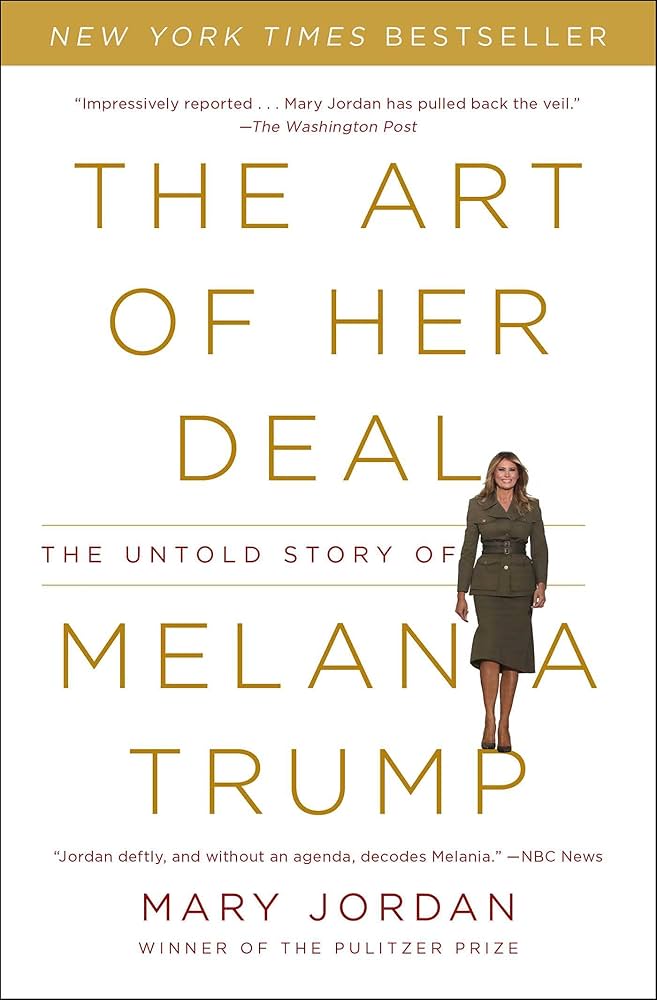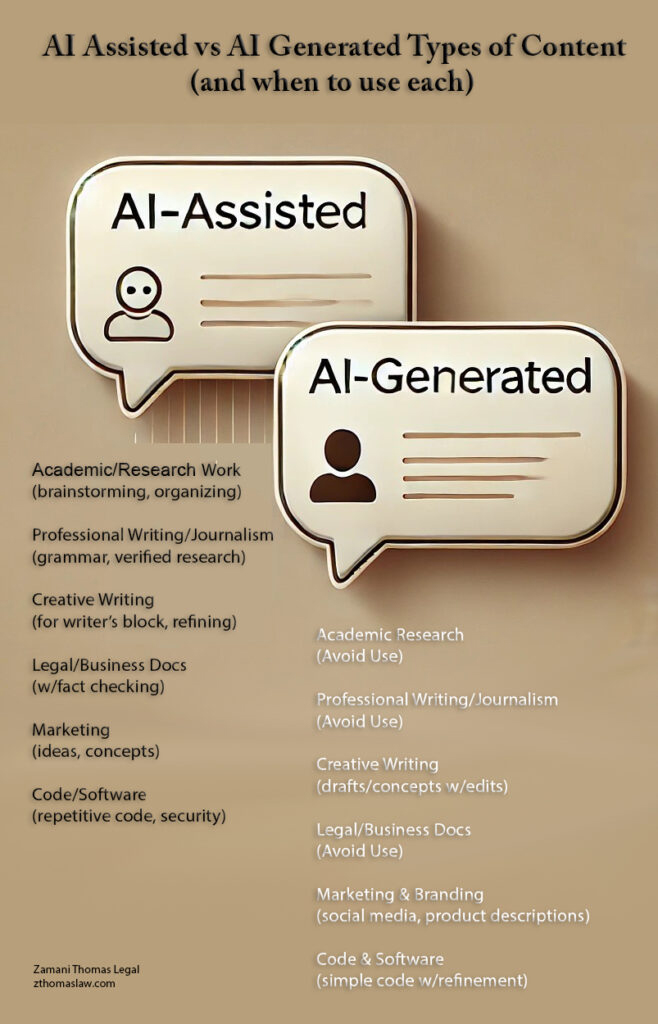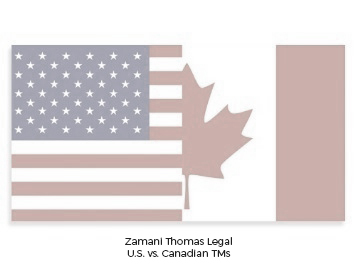When AI Speaks for You
AI-generated voice & IP | Melania Trump Memoir Sparks Debate Last week, headlines rolled out a strange truth: Melania Trump’s new memoir is narrated by AI. Yes, AI-generated voice technology has reached the White House. Her voice, digitized and fed through an algorithm, reads the audiobook version of “Melania Trump: The Art of Her Story.” … Read more





